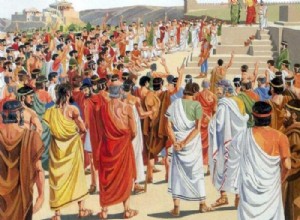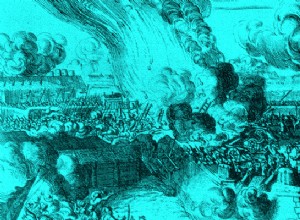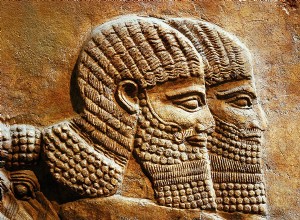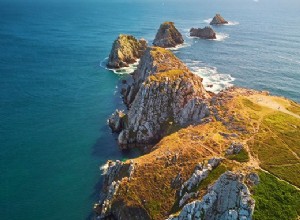Like many other modern practices, voting was created by the classical world. Greece and Rome were the first to design the intricate electoral system used today in the United States and other countries. However, the voting in the Greco-Roman era often differed greatly from what it is today. Voting




